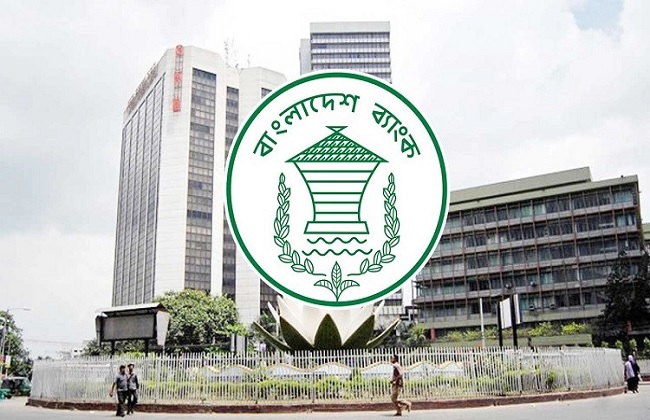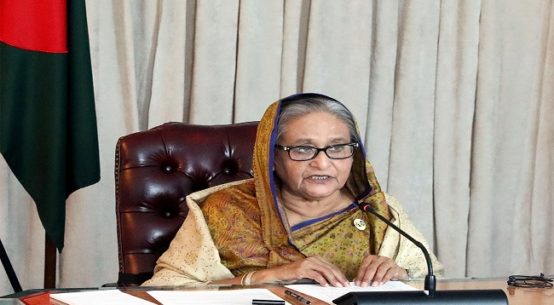
Bangladesh Bank (BB) in a clarification on Tuesday said that weak banks could merge with good ones by December 2024 on their own, otherwise the central bank will decide on the merger issue.
After December 2024, the BB will make a decision on which bank will merge with whom, and then the bank’s board of directors will lose the authority to decide on the merger issue.
MdMezbaulHaque, Executive Director and spokesperson of Bangladesh Bank, in a press briefing at Jahangir Alam Conference Hall confirmed this to the reporters.
Regarding the banks’ health index (BHI) report published in the newspapers, he said this does not present the actual health of banks. It is a partial report that is prepared by different departments of the central bank for calculating the risky areas of the banking sector.
Mezbaul said that the BB is doing reports on banks’ operations and financial health on a quarterly and half-yearly basis as part of regulations.
Replying to a question that some good banks have also been enlisted in the list of yellow categories in the BHI report, the spokesperson said replying to the question that the central bank usually works on the basis of the actual balance of a particular bank, not on the assumption.
Regarding the merger of 10 weak banks with the strong banks, a BB spokesperson said that banks will be merged to maintain the global standard, and depositors would not be affected by this process.
However, the BB in a secret report titled BHI (Bank Health Index) said that as many as 29 banks were in the yellow zone, meaning their financial health was between good and fragile.
The report brought all banks under a common platform using the international CAMELS rating system.
The CAMELS is used by bank supervisory authorities to rate financial institutions according to six factors represented by its acronym: capital adequacy, asset quality, management, earnings, liquidity, and sensitivity to market risk.
The banks in the ‘red zone’ are AB, National, Bangladesh Commerce, Padma, BASIC, National Bank of Pakistan, Janata, Agrani, and Rupali, according to the latest edition of the “Banks Health Index and HEAT Map”, a biannual report prepared by the Financial Stability Department of the BB.
The banks in both the red and yellow zones need supervisory attention, the report stated.


